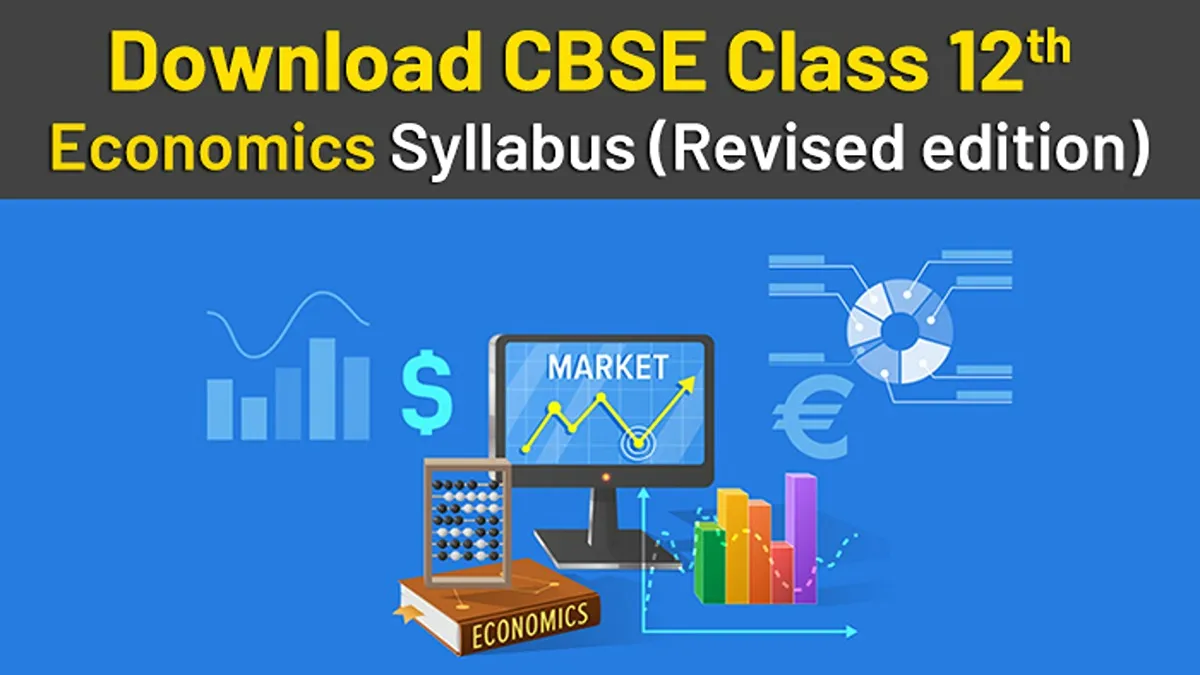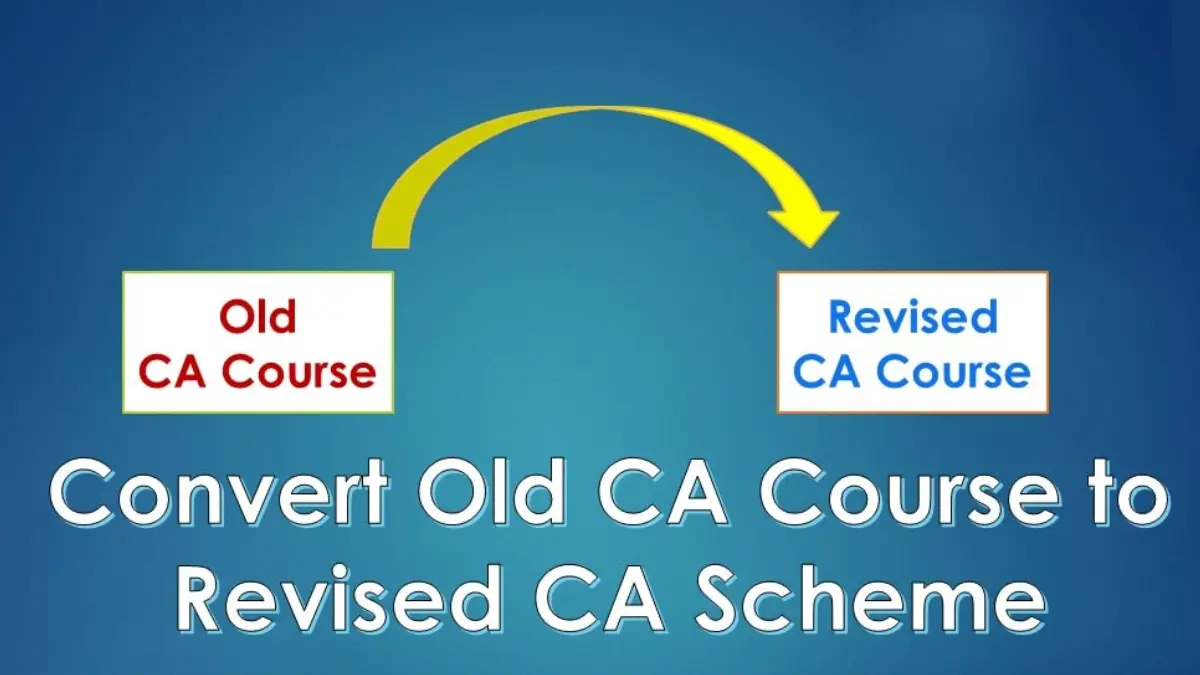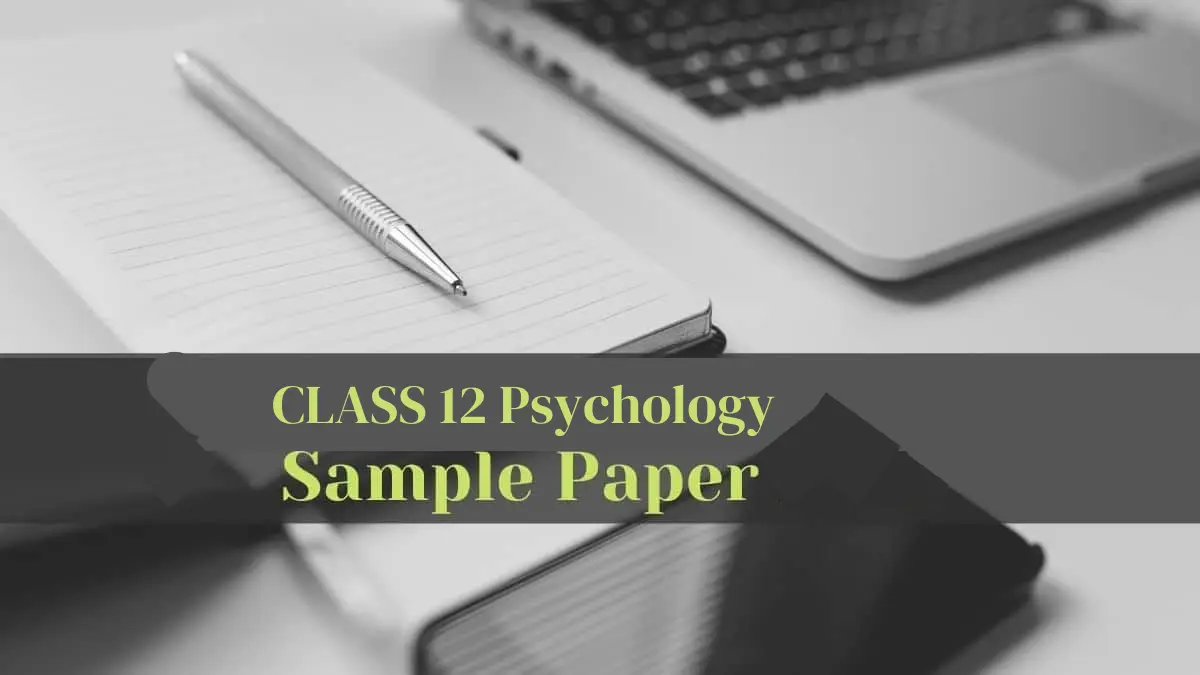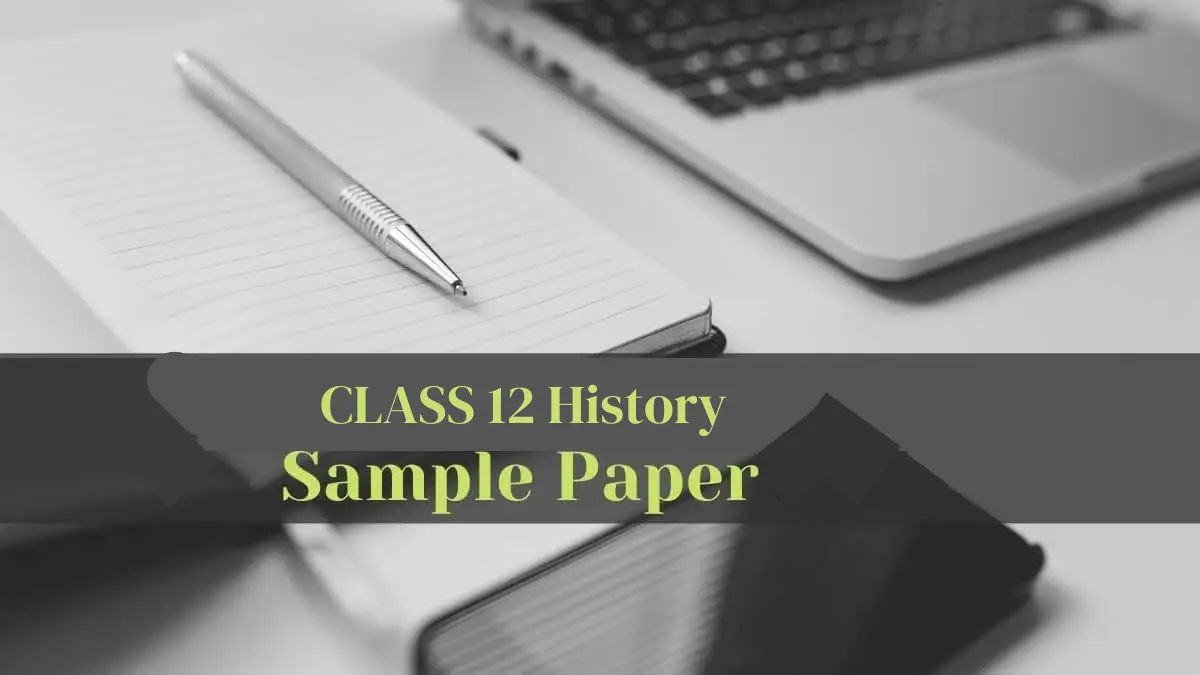The Economics syllabus for class 12 is different from what you have studied before. The CBSE Class 12 Economics Syllabus introduces you to the higher level topics of the real-life economic system at a national level. CBSE has designed the higher secondary curriculum of CBSE to help you in further studies for professional courses like Chartered Accountancy.
Every year CBSE revises and updates the syllabus. For the 2023-24 session as well, CBSE has made changes in the syllabus. The new CBSE class 12 Economics syllabus is available for you on CA Wizard. You can also get the syllabus of other subjects. This year, CBSE has included some topics in Economics syllabus.
You can download the revised syllabus from below. CBSE has ensured that the syllabus change makes minimal to no impact on the students who will study Economics in their higher education programs.
CA Wizard provides class 12th students with the latest updates related to their exams and their best team has also created a list of best 12th commerce classes after the research. We also help students who want to know more about the best career options for them. Chartered Accountants’ demand is on the rise, which has made CA one of the best career options after 12th. You can get complete information about the ICAI’s CA course on CA Wizard.
Download CBSE Class 12 Economics Syllabus 2023-24
CBSE Class 12 Economics Syllabus
Part A: Introductory Macroeconomics
| Unit 1: National Income and Related Aggregates What is Macroeconomics? Basic concepts in macroeconomics: consumption goods, capital goods, final goods, intermediate goods; stocks and flows; gross investment and depreciation. Circular flow of income (two sector model); Methods of calculating National Income – Value Added or Product method, Expenditure method, Income method. Aggregates related to National Income: Gross National Product (GNP), Net National Product (NNP), Gross Domestic Product (GDP) and Net Domestic Product (NDP) – at market price, at factor cost; Real and Nominal GDP. GDP and Welfare |
| Unit 2: Money and Banking Money – meaning and supply of money – Currency held by the public and net demand deposits held by commercial banks. Money creation by the commercial banking system. Central bank and its functions (example of the Reserve Bank of India): Bank of issue, Govt. Bank, Banker’s Bank, Control of Credit through Bank Rate, CRR, SLR, Repo Rate and Reverse Repo Rate, Open Market Operations, Margin requirement. |
| Unit 3: Determination of Income and Employment Aggregate demand and its components. Propensity to consume and propensity to save (average and marginal). Short-run equilibrium output; investment multiplier and its mechanism. Meaning of full employment and involuntary unemployment. Problems of excess demand and deficient demand; measures to correct them – changes in government spending, taxes and money supply through Bank Rate, CRR, SLR, Repo Rate and Reverse Repo Rate, Open Market Operations, Margin requirement. |
| Unit 4: Government Budget and the Economy Government budget – meaning, objectives and components. Classification of receipts – revenue receipts and capital receipts; classification of expenditure – revenue expenditure and capital expenditure. Balanced, Surplus and Deficit Budget – measures of government deficit. |
| Unit 5: Balance of Payments Balance of payments account – meaning and components; Balance of payments – Surplus and Deficit Foreign exchange rate – meaning of fixed and flexible rates and managed floating. Determination of exchange rate in a free market, Merits and demerits of flexible and fixed exchange rate. Managed Floating exchange rate system |
Part B: Indian Economic Development
| Unit 6: Development Experience (1947-90) and Economic Reforms since 1991 A brief introduction of the state of Indian economy on the eve of independence. Indian economic system and common goals of Five Year Plans. Main features, problems and policies of agriculture (institutional aspects and new agricultural strategy), industry (IPR 1956; SSI – role & importance) and foreign trade. Economic Reforms since 1991: Features and appraisals of liberalisation, globalisation and privatisation (LPG policy); Concepts of demonetization and GST |
| Unit 7: Current challenges facing Indian Economy Human Capital Formation: How people become resource; Role of human capital in economic development; Growth of Education Sector in India Rural development: Key issues – credit and marketing – role of cooperatives; agricultural diversification; alternative farming – organic farming Employment: Growth and changes in work force participation rate in formal and informal sectors; problems and policies Sustainable Economic Development: Meaning, Effects of Economic Development on Resources and Environment, including global warming |
| Unit 8: Development Experience of India: A comparison with neighbours India and Pakistan India and China Issues: economic growth, population, sectoral development and other Human Development Indicators |
Part C: Project in Economics
Below is the suggested project list by CBSE. You can refer to our Practical Guide for class 12 for complete project guidelines of Economics.
CBSE Class 12 Economics Marking Weightage
| Topics | Marks |
| Part A: Introductory Macroeconomics | |
| National Income and Related Aggregates | 10 |
| Money and Banking | 6 |
| Determination of Income and Employment | 12 |
| Government Budget and the Economy | 6 |
| Balance of Payments | 6 |
| 40 | |
| Part B: Indian Economic Development | |
| Development Experience (1947-90) and Economic Reforms since 1991 | 12 |
| Current Challenges facing Indian Economy | 20 |
| Development Experience of India – A Comparison with Neighbours | 08 |
| 40 | |
| Part C: Project Work | 20 |
| Total Marks | 100 |
Question Paper Design
| Typology of Questions | Marks | Percentage |
| Remembering and Understanding | 44 | 55% |
| Applying | 18 | 22.5% |
| Analysing, Evaluating and Creating | 18 | 22.5% |
| Total | 80 | 100% |
Prescribed Books for Economics 2023-24
- Indian Economic Development, NCERT
- Macroeconomics, NCERT
- Supplementary Reading Material in Economics, CBSE
Note: The above publications are also available in Hindi Medium.
Preparation Tips
To help you score well in your Economics exam, here are some preparation tips:
The two parts of the Economics syllabus are very different. You will need more preparation time in Part A of the Economics syllabus because Macroeconomics has topics related to the national economy. Part B, i.e., Indian Economic Development, is very theoretical so that you can finish it quickly.
Even though the class 12 exam preparation can be done in one month, you must plan your study schedule to cover both the parts on time as they have equal weightage in the marks. Refer to the marking weightage above.
Stick to studies from one or two books only. Precisely use NCERT books first and then select any other books.
After completing the syllabus, solve the latest sample papers for economics, which are released by CBSE. Refer to previous year’s question papers also and solve them.
Continue your regular revisions.
FAQs CBSE Class 12 Economics Syllabus
1. How many parts and chapters are there in class 12 economics?
Ans:- The complete syllabus is divided into two parts—Macroeconomics and Indian Economic Development. There are a total of eight chapters in the class 12 economics syllabus.
2. How many books are there on Class 12 Economics?
Ans:- There are two books in class 12 Economics, Macroeconomics and Indian Economic Development.
3. What is the syllabus of class 12 Economics 2023-24?
Ans:- CBSE Class 12 Economics syllabus
| Topics |
| Part A: Introductory Macroeconomics |
| National Income and Related Aggregates |
| Money and Banking |
| Determination of Income and Employment |
| Government Budget and the Economy |
| Balance of Payments |
| Part B: Indian Economic Development |
| Development Experience (1947-90) and Economic Reforms since 1991 |
| Current Challenges facing Indian Economy |
| Development Experience of India – A Comparison with Neighbours |
| Part C: Project Work |
4. Is Economics hard in class 12?
Ans:- Economics is not a difficult subject. Part B in the Class 12 Economics syllabus is very easy, and Part A has a moderate difficulty level. Though Part A’s questions can be tricky, you should only focus on the basics of the topics to solve them.
5. Is the project work compulsory in class 12 for economics?
Ans:- Yes, the project work carries 20 marks in your class 12 exams.
6. Is there any change in CBSE 12th Economics Syllabus 2023-24?
Ans:- Yes, CBSE has included some topics in the Economics syllabus for class 12 this year.










